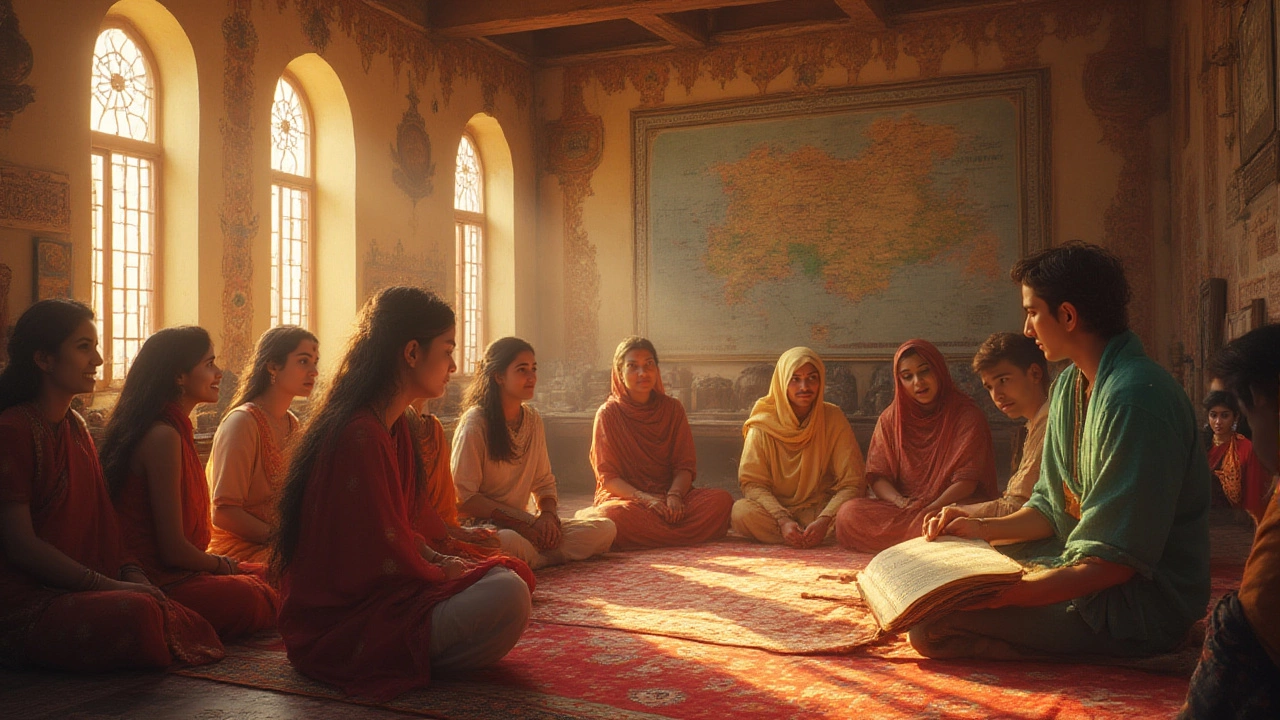
Indian Heritage and Culture: Exploring Its Subjects, Origins, and Modern Influence
Crack open the true subjects of Indian heritage and culture, discover their real-life applications, and see how they're taught and lived today.
Ever wonder why India feels like a living museum? From ancient forts to bustling street festivals, the country is packed with stories that shape who we are today. If you’re curious about digging deeper, heritage studies give you a roadmap to understand, protect, and share these treasures.
Heritage studies blend history, anthropology, art, and tourism. It isn’t just about reading old books; it’s about visiting sites, talking to locals, and seeing how traditions survive in modern life. Think of it as a hands‑on class where every temple, market, or folk song becomes a lesson.
In India, the field is especially lively because of the sheer variety of cultures. One day you might be decoding the symbolism on a Mughal palace, the next you’re tasting a regional dish that has been passed down for generations. That mix of tangible (buildings, artifacts) and intangible (music, rituals) heritage makes the study both challenging and rewarding.
1. Pick a Focus. Choose a theme that excites you – sculptures, textiles, oral stories, or natural heritage. For example, the “7 Natural Heritage Sites of India” article highlights places like Kaziranga and the Western Ghats, which are perfect if you love nature.
2. Visit Local Sites. You don’t need a plane ticket to start. A weekend trip to a nearby historical town or a heritage walk in your city can give you a feel for the research process. Take notes, snap photos, and ask locals what the place means to them.
3. Read the Right Stuff. Look for books and articles that blend storytelling with facts. Our "Top Examples of Cultural Tourism in India" post lists places where heritage is alive, making it a good reading starter.
4. Join a Community. Online forums, local history clubs, or university courses can connect you with mentors. Engaging with people who already work in heritage gives you practical tips and sometimes fieldwork opportunities.
5. Document Your Findings. Keep a simple journal – write what you see, hear, and feel. Over time, patterns emerge that help you understand how heritage shapes everyday life.
Once you’re comfortable with these basics, you can think about deeper projects like volunteering at a museum, helping with a restoration, or even starting a blog about the stories you uncover.
Heritage isn’t just about the past; it’s a tool for the future. By studying how traditions survived, we learn how to protect them against rapid change. Projects like the preservation of ancient folk music (see our "Oldest Folk Music in India" article) show that documenting oral histories can keep a culture alive for generations.
Moreover, heritage drives tourism, which supports local economies. Understanding the value of sites helps communities argue for better protection and sustainable visitor practices. When you know why a place matters, you can champion its care more effectively.
Finally, heritage study builds a sense of identity. Reading the story behind "Vande Mataram" or exploring the symbolism in regional festivals can give you a deeper connection to the nation’s diverse voices.
Ready to start? Grab a notebook, pick a nearby heritage spot, and let curiosity lead you. India’s history is waiting, and every step you take adds a new piece to the puzzle.

Crack open the true subjects of Indian heritage and culture, discover their real-life applications, and see how they're taught and lived today.